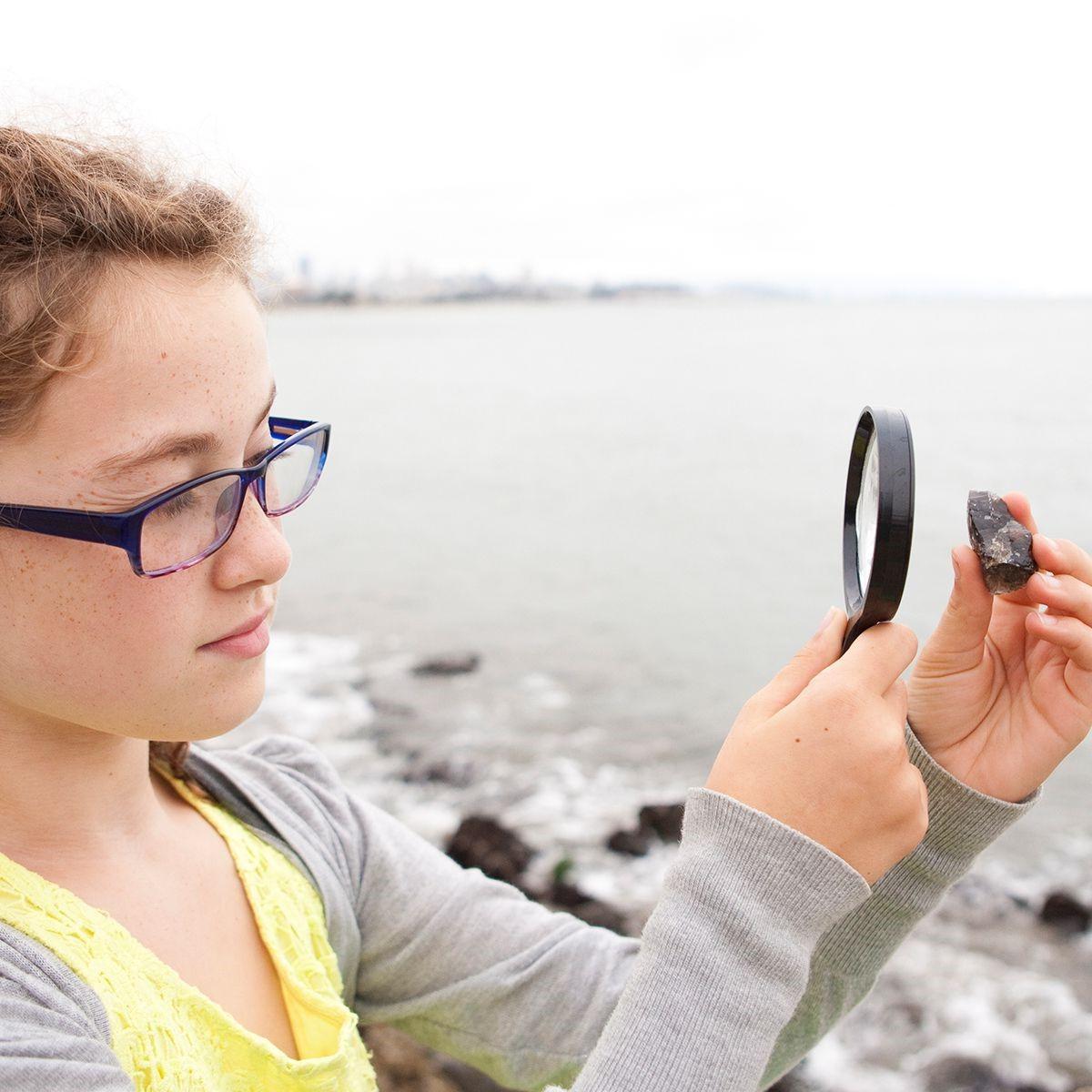Locate the most effective Glaucoma Service Near Me: Professional Eye Care Solutions
Locate the most effective Glaucoma Service Near Me: Professional Eye Care Solutions
Blog Article
The Duty of Advanced Diagnostic Devices in Identifying Eye Disorders
In the realm of ophthalmology, the use of innovative diagnostic tools has transformed the very early identification and monitoring of various eye conditions. As the demand for precise and timely diagnoses proceeds to expand, the combination of advanced tools like optical comprehensibility tomography and visual area screening has ended up being important in the realm of eye care.
Importance of Early Diagnosis
Very early diagnosis plays a crucial role in the efficient management and treatment of eye conditions. Timely identification of eye conditions is essential as it permits timely treatment, possibly avoiding more development of the illness and reducing long-lasting issues. By finding eye disorders at an early stage, health care companies can use appropriate treatment plans tailored to the particular problem, eventually causing far better outcomes for patients. Early medical diagnosis makes it possible for patients to accessibility required assistance services and resources faster, boosting their general high quality of life.

Technology for Identifying Glaucoma
Advanced analysis technologies play an important function in the early detection and surveillance of glaucoma, a leading root cause of irreparable blindness worldwide. One such technology is optical comprehensibility tomography (OCT), which gives thorough cross-sectional pictures of the retina, permitting the dimension of retinal nerve fiber layer density. This measurement is necessary in evaluating damage triggered by glaucoma. One more innovative device is aesthetic field screening, which maps the sensitivity of a patient's visual field, helping to discover any type of areas of vision loss characteristic of glaucoma. Additionally, tonometry is utilized to determine intraocular stress, a major danger variable for glaucoma. This test is essential as raised intraocular stress can result in optic nerve damage. More recent modern technologies like the use of man-made intelligence algorithms in analyzing imaging information are showing promising results in the early discovery of glaucoma. These innovative diagnostic devices make it possible for eye doctors to diagnose glaucoma in its beginning, permitting timely treatment and much better management of the illness to prevent vision loss.
Duty of Optical Comprehensibility Tomography

OCT's ability to quantify retinal nerve fiber layer density permits specific and unbiased measurements, assisting in the early detection of glaucoma even prior to aesthetic field issues emerge. OCT technology permits longitudinal monitoring of architectural adjustments over time, facilitating personalized therapy plans and timely interventions to help maintain clients' vision. The non-invasive nature of OCT imaging also makes it a preferred choice for checking glaucoma progression, as it can be repeated frequently without triggering pain to the client. Overall, OCT plays an essential duty in improving the diagnostic accuracy and management of glaucoma, inevitably contributing to far better results for individuals in danger of vision loss.
Enhancing Diagnosis With Visual Field Testing
An important component in extensive ocular evaluations, visual area screening plays a crucial role in boosting the diagnostic process for different eye problems. By assessing the full level of a client's visual field, this test gives essential details about the functional integrity of the whole aesthetic pathway, from the retina to the aesthetic cortex.
Aesthetic field testing is specifically useful in the medical diagnosis and management of conditions such as glaucoma, optic nerve problems, and different neurological conditions that can impact vision. With quantitative dimensions of peripheral and central vision, medical professionals can spot subtle changes that might indicate the visibility or progression of these problems, even prior to noticeable signs and symptoms take place.
Additionally, More Bonuses aesthetic area testing allows for the tracking of therapy effectiveness, assisting eye doctors customize restorative treatments to individual clients. eyecare near me. By tracking modifications in aesthetic field efficiency gradually, doctor can make informed choices about readjusting medications, suggesting surgical treatments, or implementing various other ideal procedures to preserve or improve a patient's aesthetic feature
Handling Macular Deterioration

Conclusion
In verdict, advanced diagnostic devices play a crucial function in recognizing eye conditions early on. Technologies such as Optical Coherence Tomography and aesthetic area testing have actually significantly improved the precision and performance of diagnosing conditions like glaucoma and macular deterioration.
Report this page